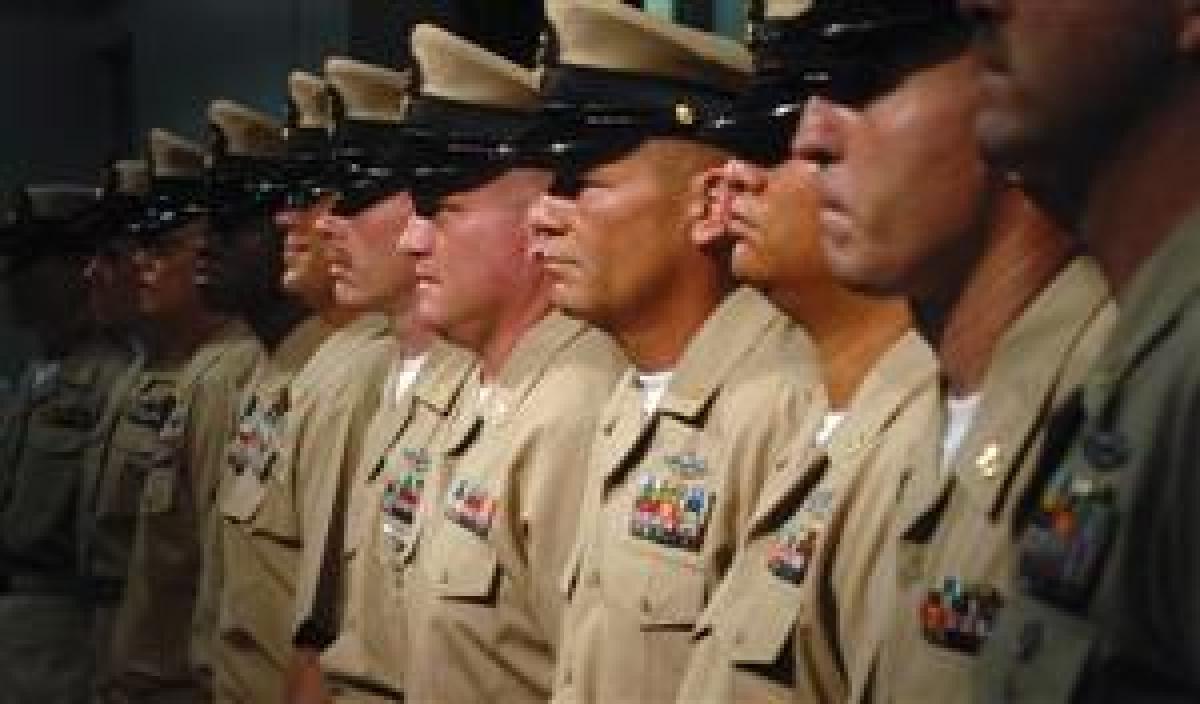This past January, the rules changed for Sailors with more than 20 years of service. NAVADMIN 030/09 announced career continuation boards for chief, senior chief, and master chief petty officers. Annual boards, starting next month, have an unusual effect; bringing more, and less, equality to the Navy.
The equality is easy to see; chiefs with over 20 years are now relatively on par with junior Sailors, their retention based on some seemingly objective review of their performance. Previous NAVADMINs 017/09 and 161/09 extended the Perform to Serve (PTS) screening program to include E-6 and below Sailors under 14 years of service in a retention quota system, although PTS also allows conversion to another rating.
The inequality is a bit less obvious. First, two "protected classes" have been created; chiefs, senior chiefs, and master chiefs under 20 years, and petty officers between 14 and 20 years, are not subject to career screening. Sailors in other situations are also exempt, but unconditional exemption is guaranteed for these two groups.
The unprotected include our most experienced Sailors and enlisted leaders; those who have given the majority of their lives to service. The continuation board will, hypothetically, retain the best performing chiefs in the "most demanding billets." Like other selection boards, only the most recent service, likely the previous five years, will be evaluated to determine continuation or severance. Strangely, the board schedule coincides with the annual evaluation cycle for chiefs and senior chiefs, so their most recent service will not be considered.
Not surprisingly, this program created another protected class. Fleet, force, and command master chiefs are exempt from this career review, supposedly because they serve in "competitive billets with a rigorous screening process." This policy assumes they are exceeding their responsibilities and there is no need to "optimize the quality" of their community. Any group can be optimized, and everyone can't be the best. Some serving in these positions have been relieved or poorly evaluated, yet quality is assumed throughout the community. This exemption also ignores the fact that many chiefs serve in highly competitive billets with extensive screenings, yet they are not exempt.
No similar program exists to evaluate officers with specific service traits like those established for enlisted Sailors either. The very people who designed this program-senior officers and command master chiefs-are conveniently exempt from its provisions. An arrogance of rank-an entitlement attitude-permeates the Navy and emerges in NAVADMIN 030/09. Manpower policies that may adversely affect Sailors should not exempt the very people who create them. Instead, this program assumes the quality of their service is beyond reproach-a benefit not afforded the rest of the Navy.
To be sure, not every Sailor should be retained, and it falls on leaders to honestly evaluate and counsel non-performers. Before this board was established, an objective review of existing programs that should already "optimize the force" was needed. Too often, low-performing Sailors are not presented with the facts. Reporting seniors give low advancement recommendations with modest endorsements on evaluations instead of clearly stating that an individual should not be promoted or retained. Consequently, lower-quality Sailors are allowed to reenlist because there are no previous recommendations against retention, and commands are happy to add those reenlistments to retention statistics. Assuming Sailors and promotion boards will read into these recommendations, and that Sailors will leave the Navy when first eligible, is not leadership.
"Optimizing the force" is a worthwhile goal, but optimizing the payroll is more likely. This is a money-saving initiative; personnel costs increase with rank and length of service. During a recession, there is no shortage of new recruits, but what happens when the economy improves? The continuation board will be replaced with new retention incentives.
To say this program will help "meet future challenges" is illogical. Instead, it will decrease experience in the Chiefs' Mess leading to less training for our junior officers and enlisted Sailors and a loss of organizational knowledge-situations we cannot afford.
If this is really good for the Navy, then it's good for all Sailors, regardless of rank, time in service, or position. A return to a conscript mentality is not what our nation needs, nor what our Sailors deserve.



